Domain Adaptation in Computer Vision. Vision’s Shifting Landscape
What is Domain Adaptation?
Domain adaptation is a machine learning technique that addresses the problem of training a
computer vision model on one dataset (source domain) and applying it to another dataset
(target domain) with different characteristics. This is crucial in real-world scenarios where
environments change, data is limited, or the target domain differs from the training data.
Why is Domain Adaptation Important?
- Real-world diversity: Environments vary, and models must adapt to new conditions.
- Data limitations: Collecting data for every possible scenario is impractical.
- Domain shift: The target domain may change over time.
Common Domain Adaptation Techniques
- Data Augmentation: Generating new training data to mimic target domain conditions.
- Feature Alignment: Finding common features across domains.
- Instance Weighting: Prioritizing examples closer to the target domain.
- Domain Adversarial Training: Training a model to distinguish between domains while also learning a shared representation.
Real-World Applications
- Autonomous Driving: Adapting to different road conditions and weather.
- Medical Imaging: Adapting to different imaging modalities or patient populations.
- Remote Sensing: Adapting to different regions and time periods.
Additional Considerations
- Unsupervised Domain Adaptation: Adapting without labeled target domain data.
- Self-Supervised Domain Adaptation: Using unlabeled target domain data for learning.
- Transfer Learning: Leveraging knowledge from a pre-trained model.
Visuals:
- A diagram illustrating the concept of domain adaptation.
- Examples of source and target domain images.
- A flowchart showing the steps involved in domain adaptation.
Examples:
Domain Adaptation Diagram
Source Domain (Left Side):
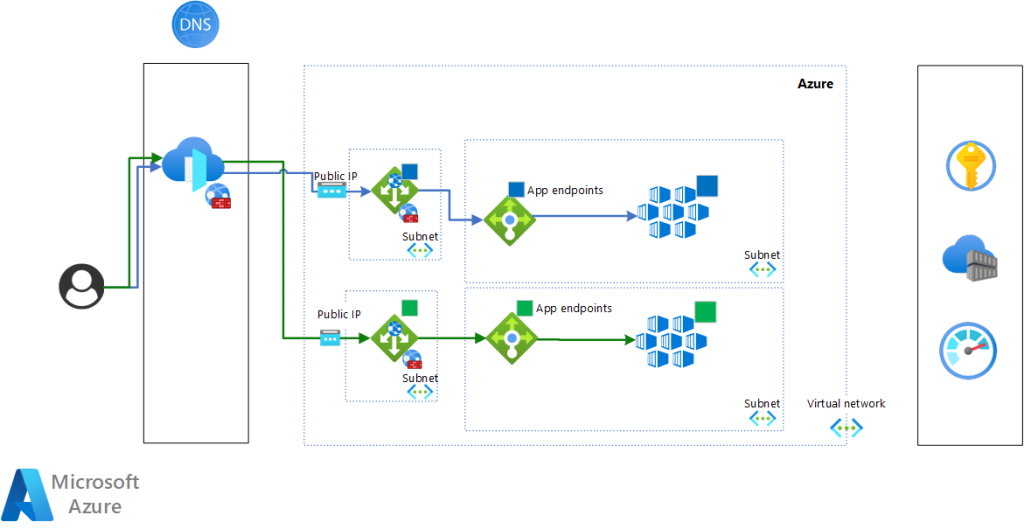
Cluster of blue circles labeled Source Domain
Target Domain (Right Side):
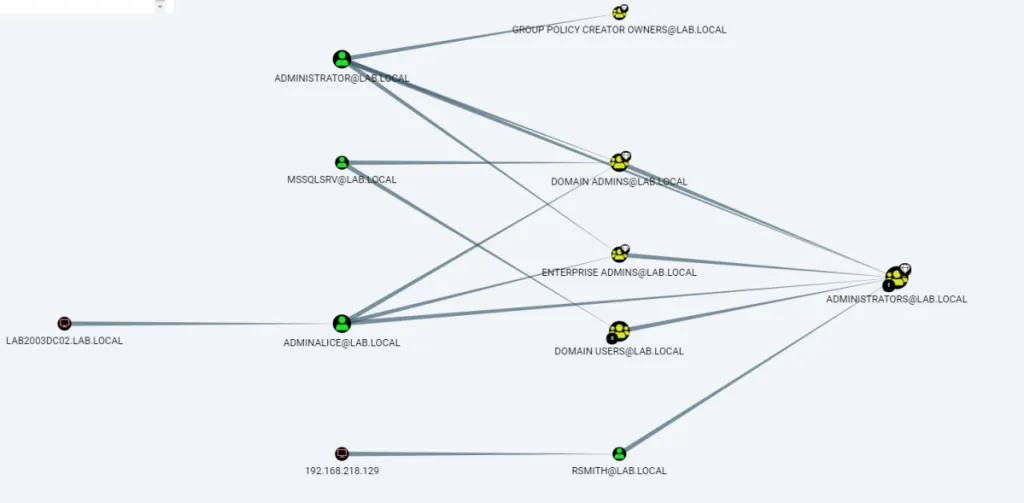
Cluster of red triangles labeled Target Domain
Feature Extraction:
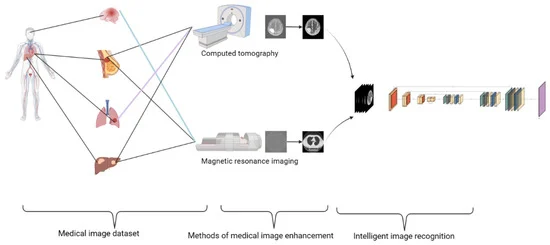
Arrows pointing from the Source Domain and Target Domain to a block labeled Feature Extraction
Domain Adaptation:

Block labeled Domain Adaptation receiving input from Feature Extraction
Adapted Features:
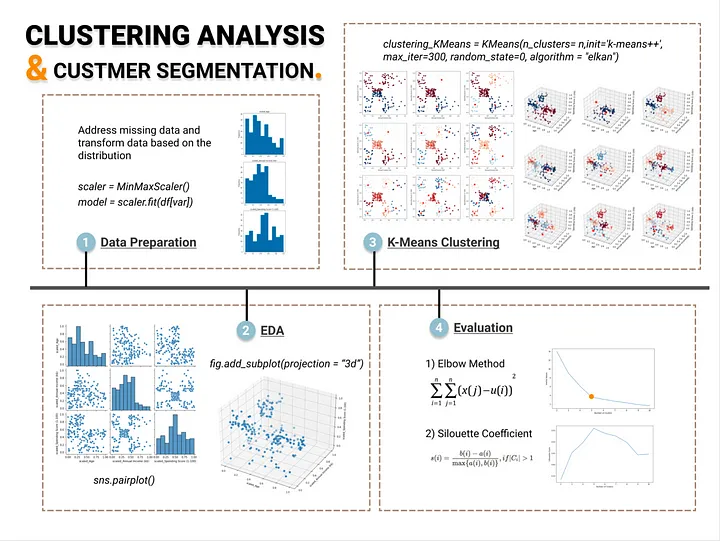
Two similar clusters of points (e.g., blue circles and red triangles) labeled Adapted Features
Classifier/Model:
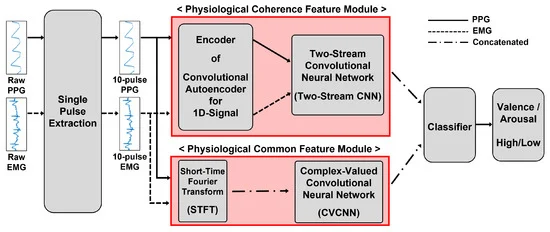
Block labeled Classifier or Model receiving input from Adapted Features
